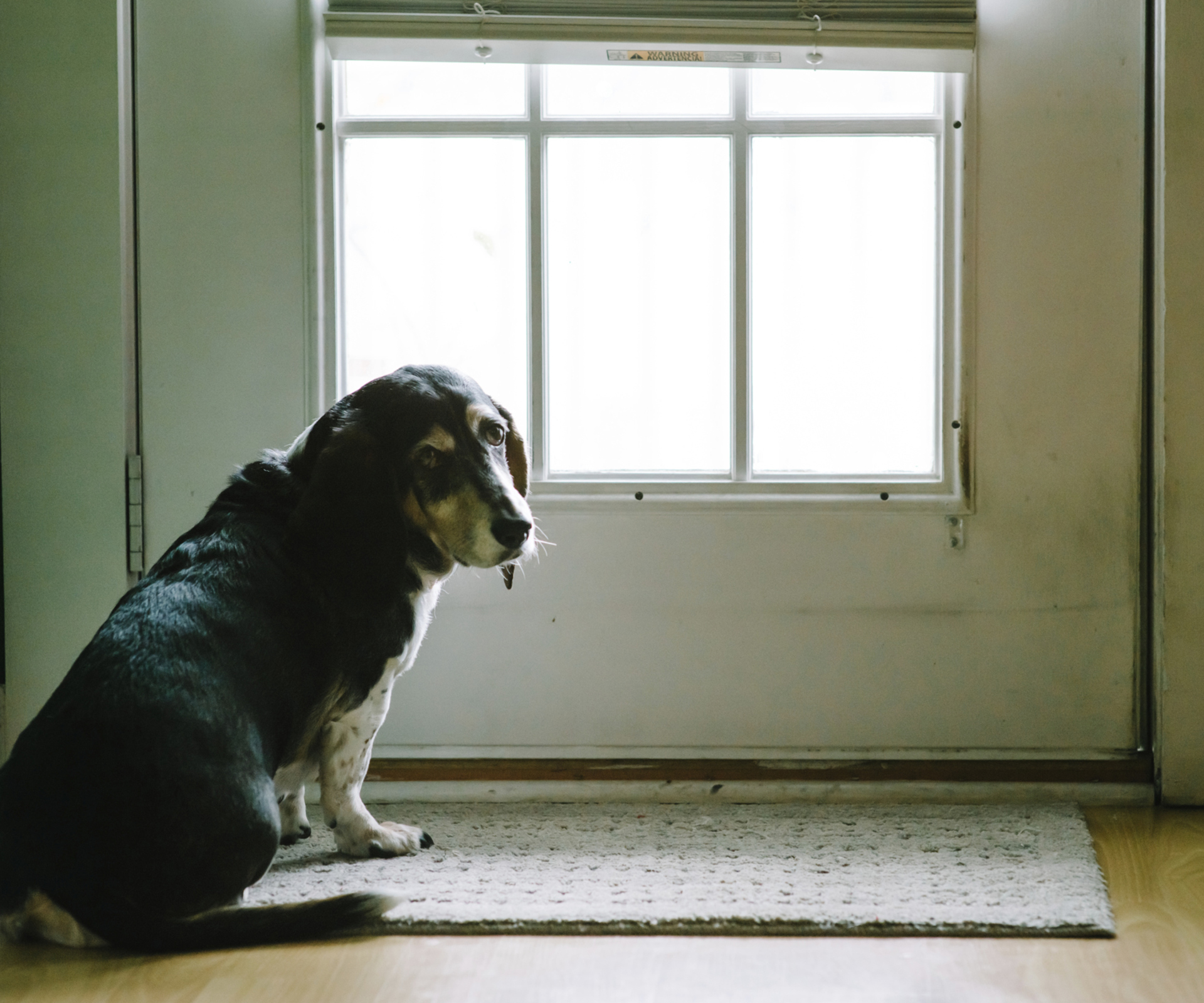Dushka was a two-year-old Alaskan Malamute: strong, broad-shouldered and bred over centuries to pull massive loads over long distances on snow and ice.
Yet, instead of giving this once placid and affectionate 40-kilogram working dog plenty of space and exercise to suit his size and temperament, his owners – more interested in Dushka as an inner-city fashion accessory – kept him confined to a backyard measuring just three metres by three metres.
Not only was it illogical, it was the beginning of Dushka’s descent into hell. With little exercise or attention, he became increasing aggressive and dangerously unpredictable.
“So distressed was he that he began to destroy everything around him; the tables, the chairs, the gardens – if he couldn’t chew it, then he ripped at it with his claws,” says veterinarian and specialist in animal behaviour, Dr Kersti Seksel, who was called in to treat Dushka after the owners began to fear their pet.
“It was one of the saddest cases I have ever encountered,” she recalls. “A huge and > beautiful animal that desperately needed space, affection and exercise locked up like he was a criminal. The wife had to fend him off with a broom whenever she went into the yard. If there was ever a dog that was suffering from mental illness, it was him.”
Studies now suggest that mental illness in animals is almost as prevalent as it is in humans. In Australia, 22 per cent of the human population suffers from some form of anxiety or depression. Anxiety in dogs, our most common domestic pet, runs at 20 per cent. Similar figures exist for most domestic animals, while the latest research from the UK suggests this figure may actually be much higher.
Yet, until the past few years, few in the scientific mainstream believed it possible for animals to feel emotions, let alone suffer emotional and psychological pain.
However, a new book, Animal Madness: How Anxious Dogs, Compulsive Parrots and Elephants In Recovery Help Us Understand Ourselves by American science writer Laurel Braitman, has helped bring the issue into sharp focus.
Dr Braitman examines the evidence around animal mental illness and finds that humans are far from unique in experiencing “emotional thunderstorms that make our lives more difficult”. She tells of her own journey with aggressive donkeys, suicidal dolphins and dogs with a plethora of problems from canine Alzheimer’s to post-traumatic stress disorder.
She also recounts the sad story of Oliver, the Bernese mountain dog who lived in an apartment at the top of a 16-storey building. When his owners left him to go to work, he chewed his way through a wire window covering, falling 50 metres to the ground, yet miraculously he survived.
“We now know that animals experience a full range of emotions similar to those experienced by humans,” she says. “They show love, fear, annoyance, frustration and happiness just the way we do. And when we take them into our homes, or put them away in environments that are divorced from the worlds they are meant to inhabit, then that’s going to give rise to problems that we have to be aware of.”

In dogs, for example, anxiety is the most common mental illness, often exhibited by obsessive and destructive behaviours, separation anxiety, post-traumatic stress disorder and extreme fears and phobias.
Dogs, of course, are not the only animals at risk. Cats are equally prone to a wide range of anxieties, particularly obsessive-compulsive disorder in which they obsessively groom until they lick the fur off their skin.
However, cats are more secretive than dogs and may hide their behaviours by, for example, hiding under a bed, making it difficult to diagnose.
Similarly, caged birds exhibit strange feather-plucking behaviour, known as Trichotillomania that also happens in humans compulsively driven to pull out their own hair.
There are even pigs that suffer from anorexia.
Treating these illnesses is not always easy. In some cases, the anxiety is so entrenched that only drugs can help. Anti-depressants such as Prozac, the same drug used in human anxiety therapy, are used to combat panic disorder, obsessive-compulsive disorder, separation anxiety and a wide range of other conditions.
However, drugs are ultimately a last resort. Most often, the problems diminish with behaviour modification and changes to the animal’s environment.
Yet, say experts, there are no recorded cases of mental illness among animals in the wild. “It only happens when animals are confined in some way and that usually means through their interaction with human beings,” says Melbourne-based animal behaviourist and zoo consultant, Kate Mornement.
“Abnormal behaviours in animals are closely aligned to abnormal behaviour in humans.”
The animals in my life demonstrate this perfectly. Earlier this year, my family brought a seven-month-old rescue puppy, DB, into our home. She had a disjointed start to life, having been born on a puppy farm and sold through a pet store to an elderly woman, who couldn’t care for her, and DB had had difficulty with house-training.
However, it wasn’t until she joined my family that we saw how serious that difficulty was. Behaviours that should have been easily rectified with reward and encouragement had become entrenched, but more than that, she was a puppy in clear distress.
She refused to toilet in front of anyone in the family. Even when taken outside and offered treats she refused, instead dropping to the ground and cowering with her paws over her snout.
“That is not normal behaviour,” says Dr Seksel. “Obviously, she had not been properly socialised and had suffered something that made her associate going to the toilet with a bad experience, especially when a human was present.”
Luckily for DB, we were prepared to seek professional help through an animal behaviourist and, within a few weeks, she was a transformed dog with regular habits and a secure disposition – without cowering.
Not all animals are so lucky. Dushka, the Alaskan Malamute, needed more help than his owners were prepared to give. “It was going to cost a lot of time and money to correct,” says Dr Seksel. “I could have helped him, but they chose instead to put him down. It was a tragedy, but it illustrates just how serious mental illness in animals can become if it’s allowed to.”


